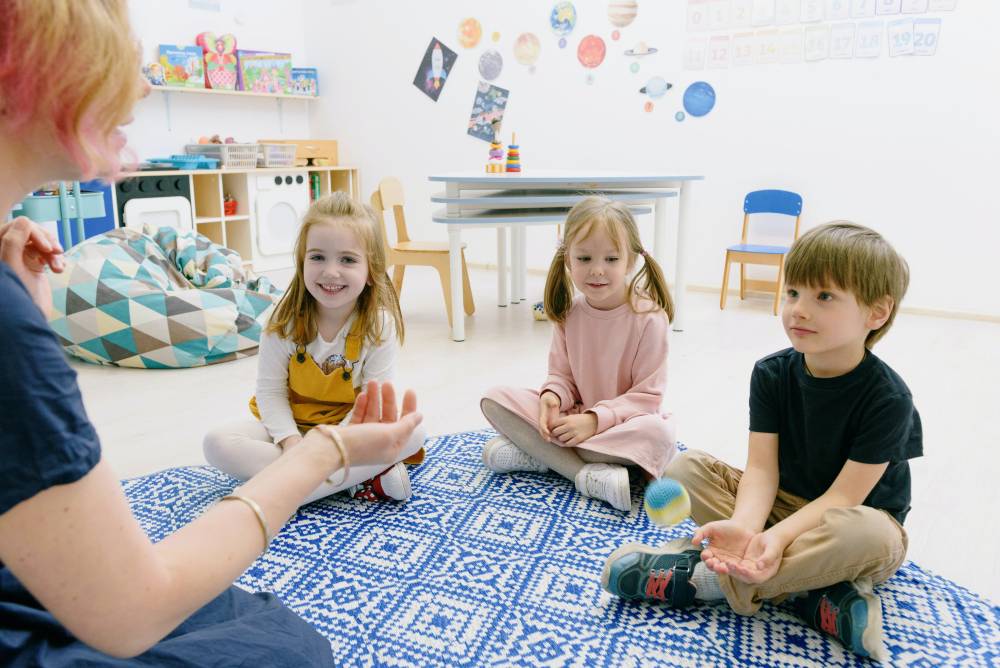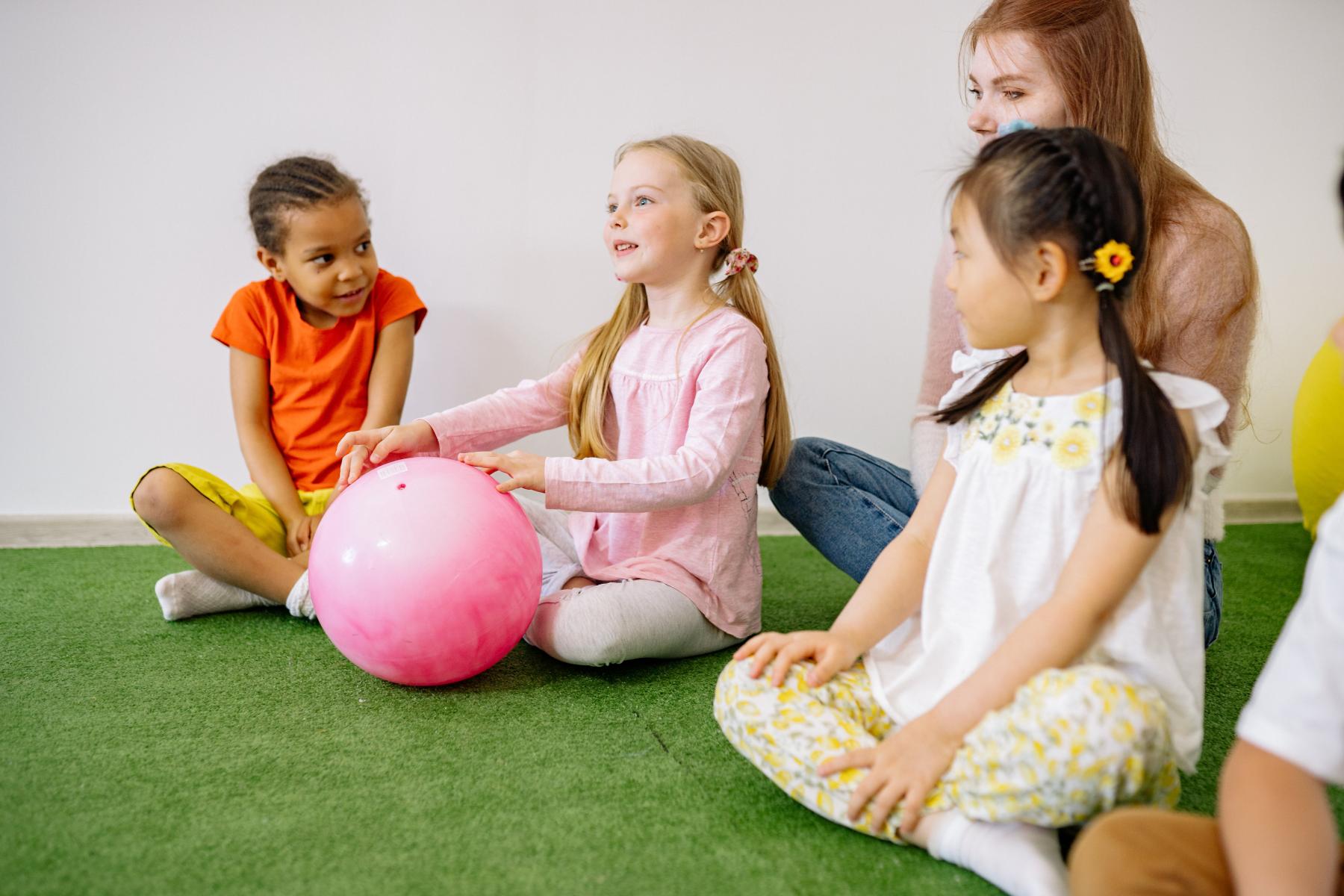
Circle time in the classroom is a cherished tradition, fostering a sense of community and engagement among students. While the content and activities during this time are crucial, the way students sit can significantly impact their focus and participation. Let's explore three types of sitting postures – the Mountain, the Mermaid, and the Criss Cross – and understand the importance of each in creating a conducive learning environment.
Imagine a group of students sitting with their legs stretched out in front of them, forming a sturdy base like a mountain. This sitting posture promotes stability and focus. The straight spine encourages an alert mindset, helping students absorb information and actively participate in discussions. The Mountain Pose is particularly beneficial for activities that require individual reflection or when the class is engaged in storytelling.
Importance:
In the Mermaid Pose, students sit on one side, with one leg bent and the other extended outward. This relaxed yet attentive posture encourages a sense of openness and collaboration. The Mermaid Pose is excellent for group activities, discussions, or when students need to share their perspectives on a given topic..jpg)
Importance:
A classic and widely known posture, the Criss Cross Pose involves sitting with legs crossed, creating a neat and compact circle. This position encourages a sense of unity and equality among students. It is often used during storytime, group discussions, or any activity where the focus is on the entire class.
Importance:
Conclusion:
Incorporating these three sitting postures – the Mountain, the Mermaid, and the Criss Cross – into your classroom's circle time routine can have a profound impact on student engagement, focus, and collaboration. By recognizing the importance of these positions, educators can create a dynamic and inclusive learning environment that supports the diverse needs of their students.

ChildcareInsights only allows advertisers that are either state licensed, or have an exemption, on our website.